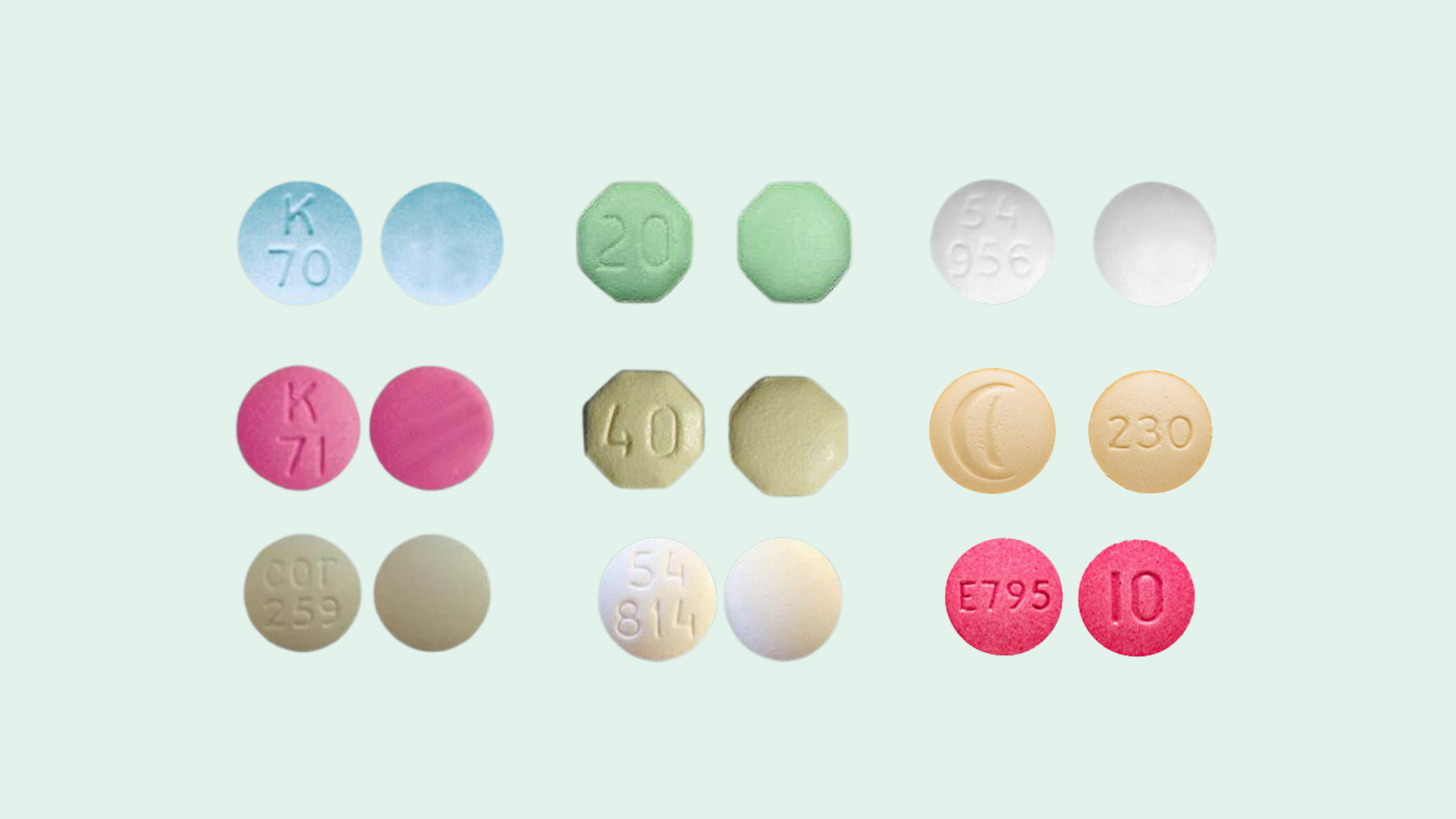What Are Oxymorphone Withdrawal and Side Effects Like?
Oxymorphone, like other opioid medications, can lead to physical dependence with prolonged use. When an individual with oxymorphone dependence suddenly stops or significantly reduces their intake, they will likely experience uncomfortable and potentially dangerous withdrawal symptoms. The most common oxymorphone withdrawal symptoms include:
- Intense cravings for the drug
- Anxiety and irritability
- Muscle aches and pains
- Stomach cramps and diarrhea
- Nausea and vomiting
- Sweating, chills, and fever
- Insomnia and restlessness
- Rapid heartbeat and high blood pressure
These withdrawal effects can be extremely unpleasant and may drive those with opioid use disorder (OUD) back to oxymorphone use in an effort to alleviate the discomfort. In severe cases, oxymorphone withdrawal can even be life-threatening, underscoring the importance of medically supervised detox.
What Is the Oxymorphone Withdrawal Timeline?
The timeline for oxymorphone withdrawal can vary significantly depending on several factors, including history of use, dosage regularly taken, and whether there are co-occurring substances. Generally, withdrawal symptoms will begin within 12 to 36 hours after the last dose of oxymorphone and reach their peak intensity around days three or four.
The acute withdrawal phase, characterized by the most severe physical and psychological symptoms, typically lasts five to seven days. However, some individuals may experience protracted withdrawal, with lingering symptoms like depression, anxiety, and cravings persisting for weeks or even months after the initial detox period.
It’s important to note that the withdrawal timeline can be unpredictable, and individuals may experience a rollercoaster of symptoms during the recovery process. Seeking professional medical support is crucial to navigate the complexities of oxymorphone withdrawal and ensure a safe, comfortable, and successful detox.
What Is Oxymorphone Detox Like?
Oxymorphone detox is the first critical step in overcoming an oxymorphone use disorder. During this process, the body is gradually weaned off the drug under the close supervision of medical professionals. Detox typically involves the following stages:
Evaluation
Upon admission, patients undergo a comprehensive assessment to determine the appropriate course of treatment, including the presence of any co-occurring medical or mental health conditions.
Stabilization
The medical team closely monitors the patient’s vital signs and administers medications as needed to alleviate withdrawal symptoms and ensure their safety and comfort.
Transition to Treatment
Once the acute withdrawal phase has passed, the patient is transitioned into the next phase of their recovery journey, which may include inpatient rehabilitation, outpatient therapy, or medication-assisted treatment (MAT).
Oxymorphone detox can be a challenging experience, but the support of a qualified treatment team can make all the difference. Medications such as buprenorphine, methadone, or naltrexone may be used to manage withdrawal symptoms and cravings, reducing the risk of relapse.
The Risks and Dangers of Oxymorphone Withdrawal
Oxymorphone withdrawal can be a dangerous and potentially life-threatening process if not properly managed. The withdrawal symptoms, particularly in the acute phase, can be severe and include:
- Severe dehydration due to vomiting and diarrhea
- Respiratory distress and other cardiovascular complications
- Seizures and other neurological issues
- Suicidal ideation and other mental health crises
- Attempting to detox from oxymorphone without medical supervision can be extremely risky and is not recommended
Individuals should always seek professional help to ensure their safety and increase the chances of a successful recovery.
Additionally, the risk of oxymorphone overdose is heightened during the post-detox period, as the individual’s tolerance to the drug has been significantly reduced. Relapse during this time can be particularly dangerous and potentially fatal.
What Are Some Resources and Support for Oxymorphone Addiction?
Overcoming an oxymorphone addiction is a challenging but not impossible feat. There are numerous resources and support options available to individuals and their loved ones:
Medication-Assisted Treatment (MAT)
MAT combines the use of medications like buprenorphine, methadone, or naltrexone with behavioral therapies to address the physical and psychological aspects of opioid addiction. These medications can help manage withdrawal symptoms and cravings, increasing the chances of long-term recovery.
Behavioral Therapies
Evidence-based therapies such as cognitive behavioral therapy (CBT), contingency management, and family therapy can help individuals develop coping strategies, address underlying issues, and build a strong support system.
Support Groups
Joining a support group, either in-person or online, can provide a sense of community, accountability, and encouragement during the recovery process. Examples include Narcotics Anonymous (NA) and SMART Recovery.
Aftercare and Relapse Prevention
Ongoing support and aftercare services, such as sober living homes, intensive outpatient programs, and alumni support groups, can help individuals maintain their sobriety and prevent relapse in the long term.
Overcoming an oxymorphone addiction requires a comprehensive, multifaceted approach. By leveraging a combination of medical, therapeutic, and community-based resources, individuals can increase their chances of achieving long-term recovery and reclaiming their lives.

